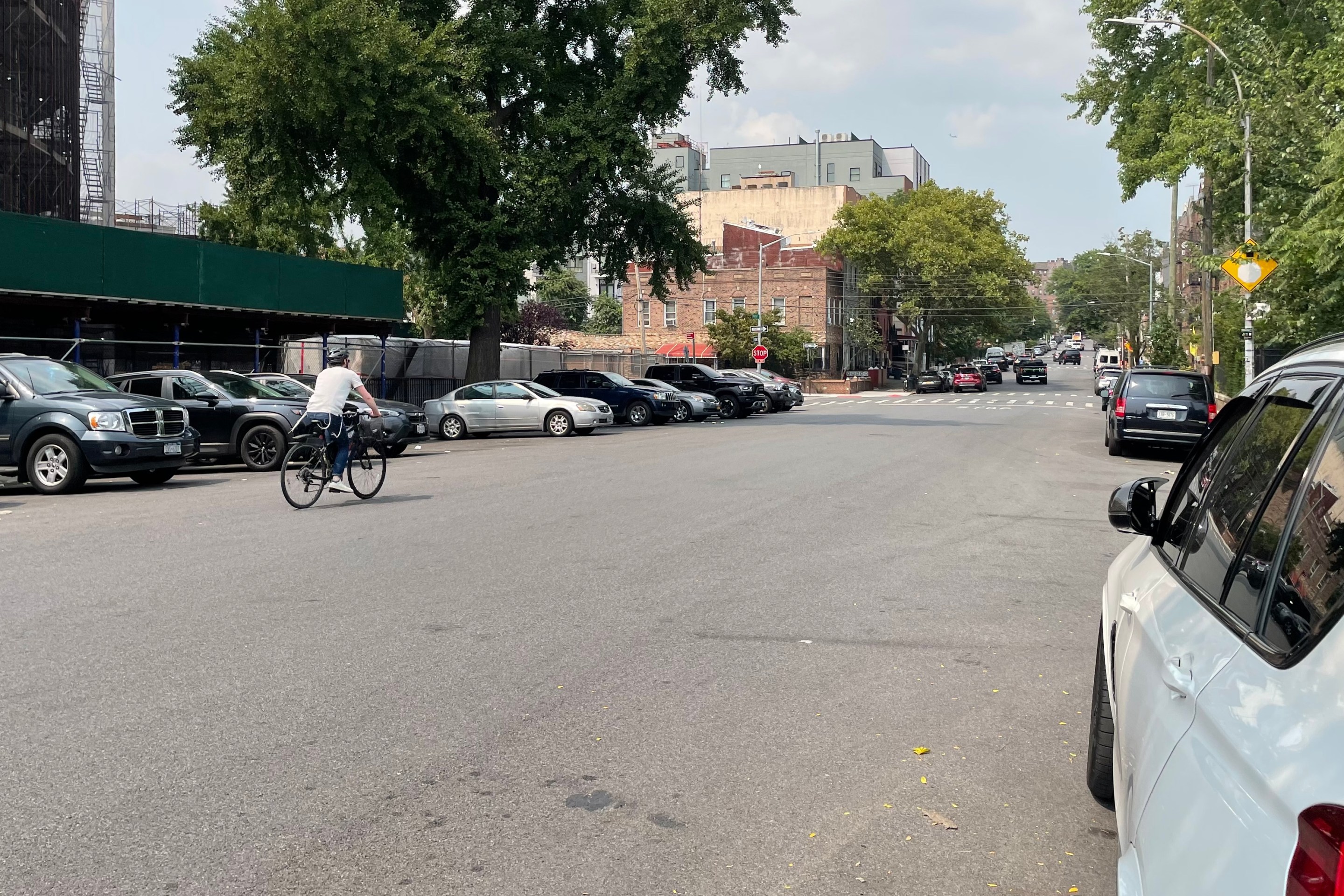New evidence connecting minimum parking requirements and sprawl is bolstering the argument for an overhaul of government policies related to much space we devote to the storage of cars.
A team of economists from the University of Munich recently released a study examining the effects of mandatory parking minimums on development in urban and suburban Los Angeles. The team found that parking minimums
"significantly increase" the amount of land devoted to parking, to the
detriment of water quality, pedestrian safety and non-automotive modes of transportation.
 An aerial photo of an L.A. parking structure. Image via Heli Photo
An aerial photo of an L.A. parking structure. Image via Heli PhotoThe report offers a critical piece of empirical evidence regarding the connection between parking minimums and oversupply. For writer Stephen Smith at Network blog Market Urbanism, the new research is compelling evidence supporting the work of parking reform guru Donald C. Shoup, whose book "The
High Cost of Free Parking" examined the adverse effects of government
policies that subsidize parking:
Although we at Market Urbanism are big fans of Donald Shoup’s work onparking minimums, we have to admit that rigorous econometric evidencethat parking minimums mandate more parking than the market wouldotherwise supply has been a bit lacking. Randal O’Toole at TheAntiplanner quite rightly asks to see empirical proof that parking minimums are binding. Tyler Cowen appears to have found this proof, in the form of paper posted online very recentlywhich seeks to determine whether or not non-residential developers inLos Angeles County build more parking than they would in the absence ofminimum parking mandates.
Randal O’Toole suggested that Shoup’s residency in Los Angeles might bebiasing his research, since the City of Los Angeles is quite denseindeed. This study, however, uses a large dataset with data points fromall over the County of Los Angeles, home to almost 10 million people,or over a quarter of all Californians. (Many more live in other denseareas, like San Diego and the Bay Area.) And in fact certain parts ofthe paper focus solely on suburban areas, and claim to be undercountingsome of the denser areas where the discrepancy between what the marketwould choose and what the law currently dictates would be even greater.
The study ends up finding that at least half of all non-commercialproperties have more parking than they would otherwise choose, and thatthe excess can oftentimes be quite large.
Market Urbanism has asked O'Toole, the libertarian analyst notorious for glossing over the role of government in promoting sprawl, for a response to the new research and has promised to update readers if they receive one.
Elsewhere on the Network, SeattleTransitBlog peeks in on a British city that has removed it traffic lights, with surprising results; Urban Review STL
asks its readers whether they support replacing a highway that bisects
downtown St. Louis with a boulevard; and Human Transit questions whether converting buses to trams boosts ridership.





